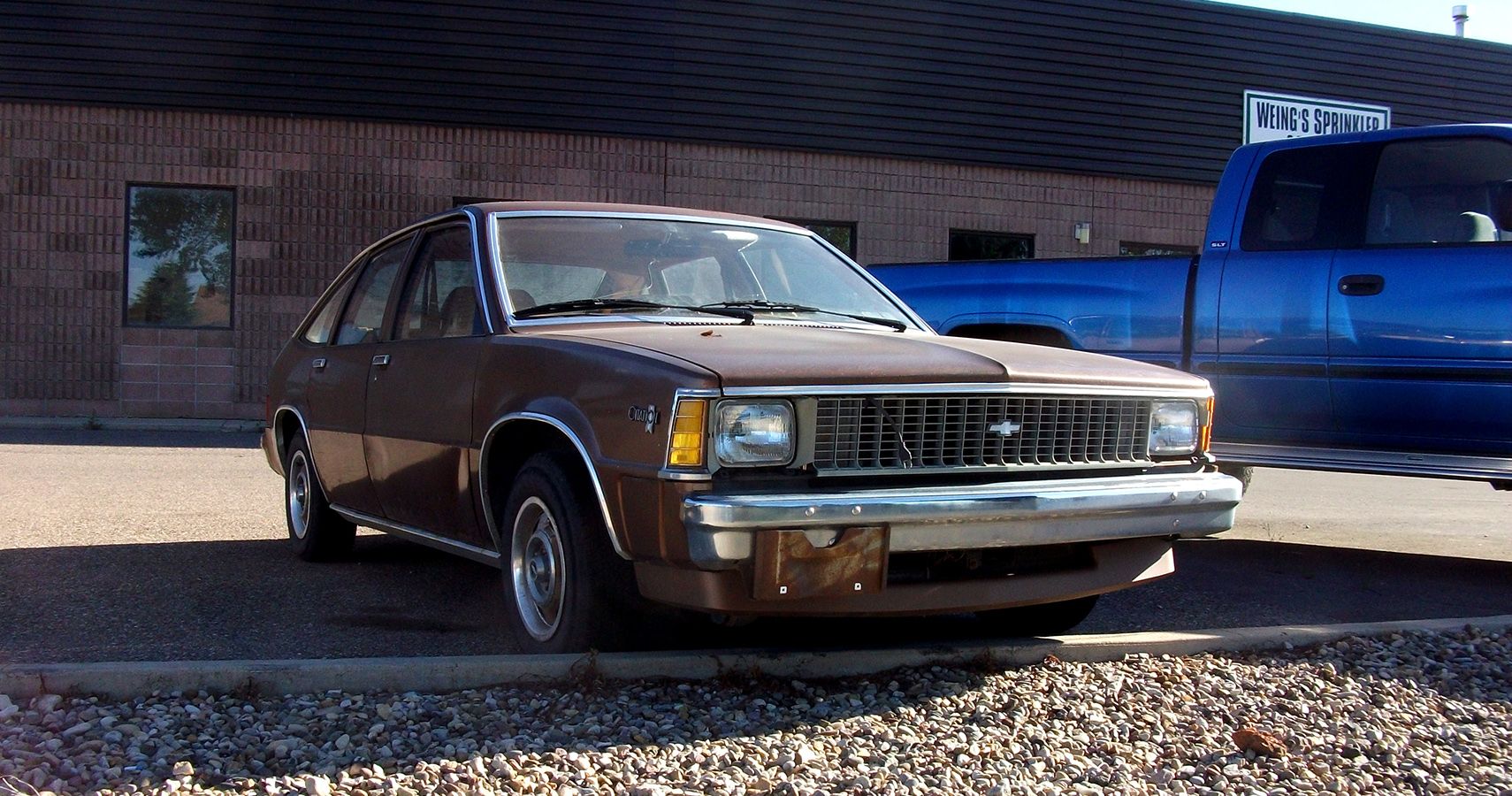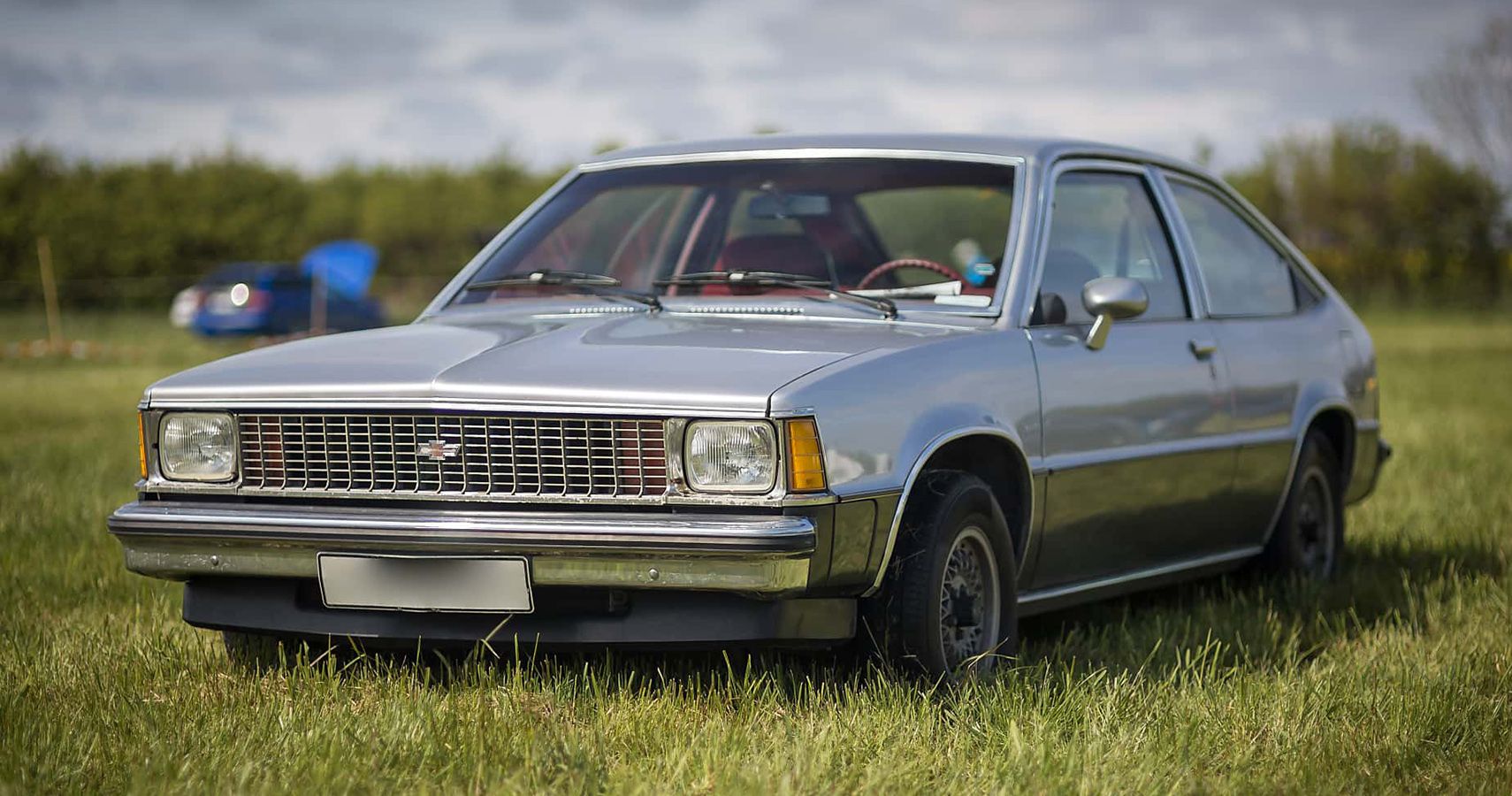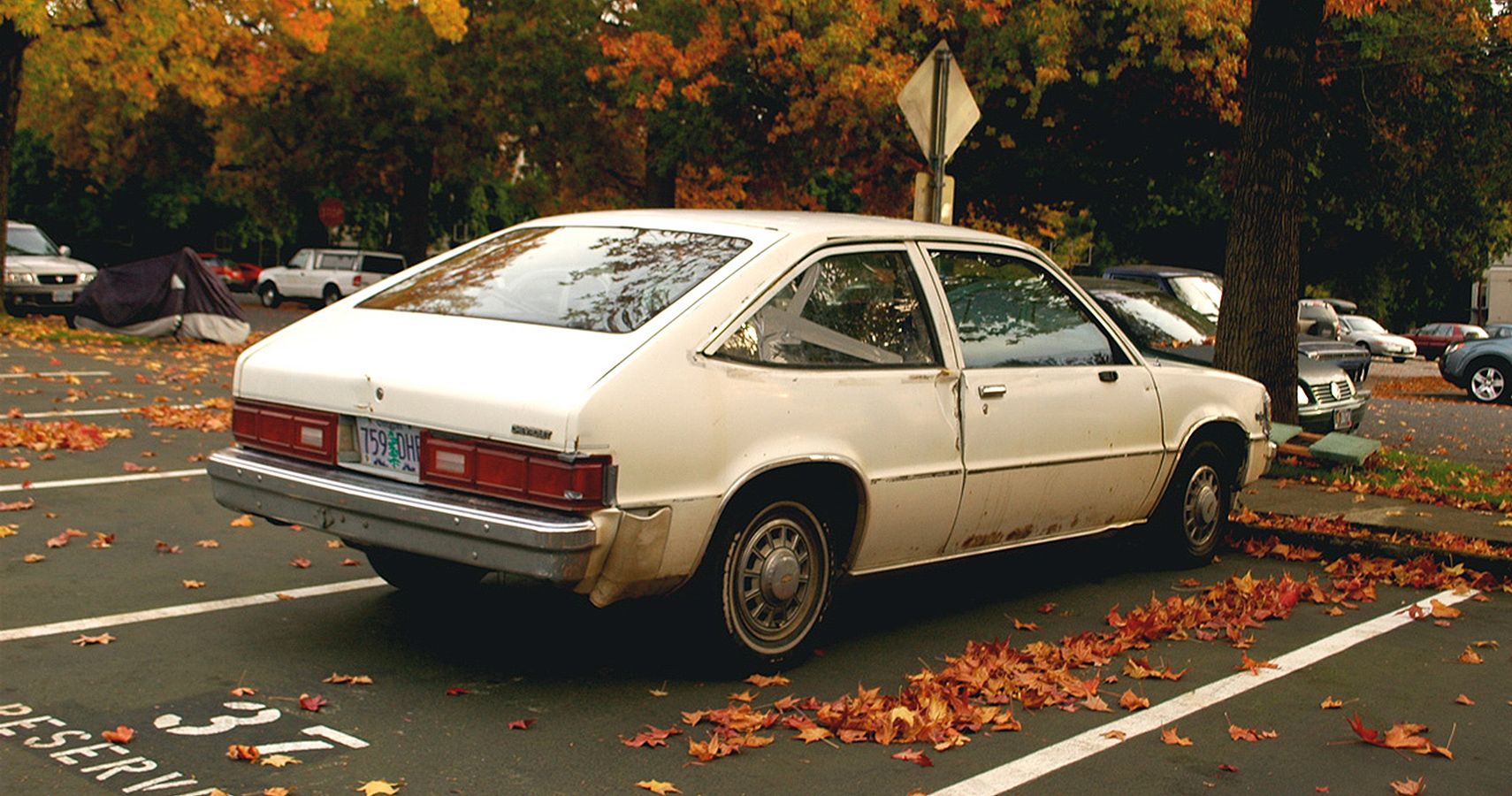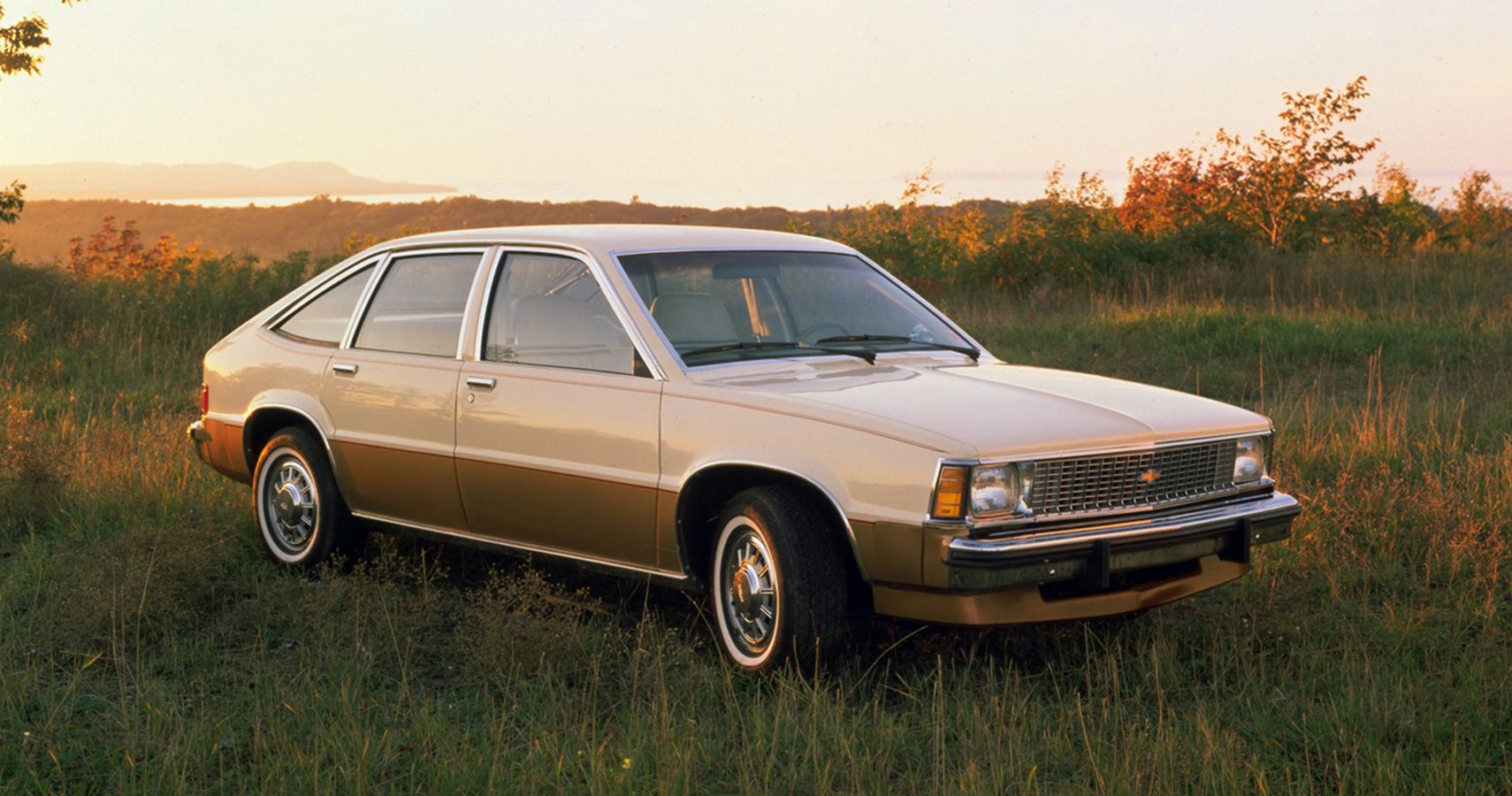What do we say about the Chevrolet Citation? Was it GM’s hubris, the pride before its proverbial fall? Or was it a car brought out in such a hurry, it was almost destined to fail? Either way, the Chevrolet Citation has become one of the biggest misnomers of car marques in the history of American automobiles.
Updated July 2021: If you're looking for a reason why you shouldn't go anywhere near a Chevrolet Citation, you've come to the right place! We've updated this article to include even more problems the Citation suffered from, as well as some more background info on both the car and the company itself.
According to the dictionary, a citation is usually defined as exemplary conduct. Unfortunately, the Chevrolet Citation, as well as all the GM X-body cars, turned out to be pretty much the exact opposite of that. Clearly, the car suffered from being a rush job to such a degree that it eventually became its downfall.
Along with the Chevy Citation, GM's other X-body cars, the Oldsmobile Omega, Buick Skylark, and Pontiac Phoenix were equally miserable GM offerings. However, the Citation's end was eventually brought on by the US Government’s decision to file a lawsuit against General Motors to tackle the tsunami of complaints filed by various X-body car owners.
So let’s take a look back at the X-Body cars from GM and why the Chevrolet Citation has a bad reputation, so much so, it sends shudders down GM’s spine to this very day…
The Introduction, The Sales, And The Downfall
The Citation certainly wasn't the first flop, there have been plenty of other failures in the history of GM cars, as well as from the Detroit Big Three in general. There was the meteoric rise, and fall of the Ford Pinto, and the equally spectacular story of the Chevrolet Vega. The Vega stayed around from 1971 to 1977, selling a whopping of 456,000 in 1974 alone. Total sales during all its production years were easily over 2 million units.
The Chevrolet Citation came almost a decade after the Vega first debuted, in 1980, along with the other X-body cars, and just like the Vega, the Citation sold in droves. In fact, it easily outsold the Chevy Vega in the beginning! More than 800,000 units were sold in its debut year alone, and by the second year, more than 1.2 million units of the Citation had found homes. The special, performance-oriented trim of the Citation, the X-11 also did its part to increase sales.
The Citation was the first-ever car sold by Chevrolet that featured front-wheel-drive, and it was offered in three body styles — three-door and five-door hatchbacks, and a two-door notchback coupe.
The car was raved about all over the media and seemed to be the greatest thing since sliced bread, at least in the world of automobiles. However, it later turned out GM had duped car magazines of the time. They were all given specially modified versions of the car, in which the serious torque steer had been engineered out.
By the third year, sales dropped to 166,000 units and only went down from there. By 1985, the gig was up and all the X-body cars were off the market. Some models went on for a new generation and a platform change, but for the Citation, it was all over. So what had gone so wrong?
The Many, Many Cited Problems
Frankly, the Citation and the other X-body GM cars had problems right from the very beginning. Rust was a major issue, not just on the Chevrolet Citation but all X-body GM cars. Purchasing a brand-new car only to have it begin rusting almost immediately once it was out of the showroom became a massive issue, and then came the problem with the interiors. It seems GM used a peculiarly weak adhesive to fit stuff into the cabins, and things tended to get loose and fall off without any warning whatsoever.
Plenty of owners complained that the suspension mounts crumbled like cheese and the transmission could, and would, give up at any time. The Iron Duke engine, yes, the very same one that brought the Camaro to its knees, also had a tendency to rattle and groan like it was on its deathbed in the Citation. The fuel lines would leak, and so did the brake lines — at least if the brakes stopped working, it wouldn't be long until it ran out of fuel. The steering would wobble, and even the seats would come loose at times.
It’s not as if GM was unaware of the problems either, because even before the Citation was launched, it had gone through some last-minute changes and updates. But it was obviously a classic case of too little, too late.
Finally, probably the worst problem of them all, the brakes were faulty and at times, fatal. The Chevrolet Citation had a scary tendency to lock the rear wheels when the brakes were applied suddenly and heavily. This would of course lead to cars that skidded right into the path of whatever it was the driver was trying to avoid. The result were accidents, injuries, and sadly, even fatalities.
Two recalls were made by Chevrolet to try and fix the problems. The first recall was in 1981, and it was a largely secretive exercise to fix less than 50,000 cars. Then, in 1983, there was another recall, this time to the tune of some 250,000 cars. The recalls did not seem to work, and complaints about the Chevrolet Citation kept pouring in.
Finally, in 1983, the NHTSA, with the help of the Department of Justice, filed a $4 million suit against GM, alleging that the company knew about the faulty brakes and still decided to go ahead with sales. If that was indeed the case, it was certainly a horrible decision, and they downright gambled with people's lives.
By 1985, the Chevrolet Citation, a deathtrap of a car, was withdrawn from the market.
Where Did The Problem Lie?
The Chevrolet Citation and the other X-body cars of GM were a study in how different departments had their arms twisted in order to play nice with each other. They ended up sticking it to GM by making a car that went down in the annals of automobile history as one of the worst cars ever. And therein lays the problem. Chevrolet, Oldsmobile, Buick, and Pontiac were all responsible for different parts of the car, and while the parts may have been good individually, together, they turned out to be a recipe for disaster.
Secondly, the head honchos at GM decided to let the cars go to the assembly line, straight from the drawing board, in a bid to curb the newfound enthusiasm Americans had for Japanese front-wheel-drive wonders. Instead, they should've taken the time to iron out the wrinkles.
Needless to say, the Chevrolet Citation was an exercise in futility, and in the end, it not only caused massive damage to GM's reputation, but it also gave American cars an even worse reputation.
Sources: TheTruthAboutCars, WashingtonPost




